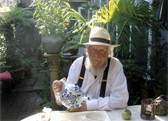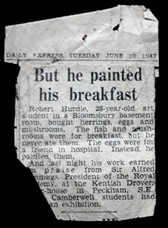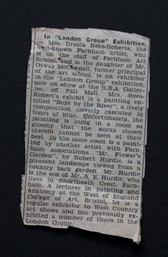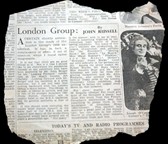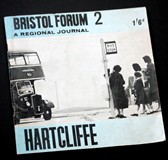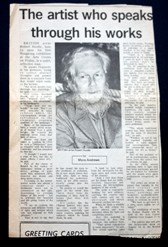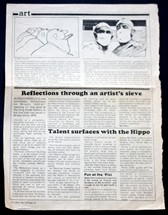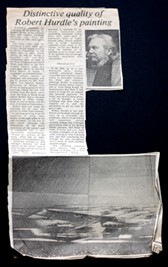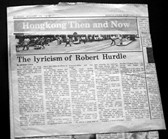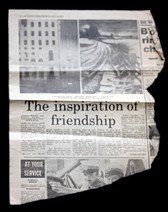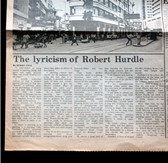University College of Swansea - Library Exhibition Gallery
Singleton Park, Swansea
Robert Hurdle - Paintings and Drawings
13 June to 12 July 1969
Robert Hurdle's work is completely unbiased by the many fashionable 'styles' and allurements which adorn many galleries these days. He has no need to turn his attention and skills to these aspects of art, for he is a very serious painter involved with matters which concern 'universal durability' - just as Cezanne and Courbert were. Like both these masters, Robert Hurdle has given, in recent years, his full attention to two main subject matters: Trees and Rocks.
I have used the phrase 'universal durability' both literally and metaphorically. His subject matter is, of course, universal, but much more important is the fact that Robert Hurdle has recognised it as such and - like Cezanne and Courbert - has brought a 'permanence', a solidity, a finality to his works. One is immediately aware of the search for permanence and strength, through trees and rocks, and not for a panoramic effect.
The search for formal space, through light and shadow, is constant throughout the QUARRY, WOODS, TREES drawings and paintings. In the QUARRY series there is a particularly interesting interplay between 'free painting/marks' and strict disciplinary means of wedding these shapes together to make a formal statement in intense terms about rocks: there is also a feeling of timelessness. Like all good painting one is aware, in the first instance, of the subject matter. The shapes cont first and in the case of the QUARRY series there is a 'fierceness' of approach, which too is in accord with the mood, and subject, which is being represented - Rocks and Rockiness.
The WOODS/TREES series startle by their directness and honesty; sometimes pure verticals are used to full effect and with great strength; at other times, diagonals are used with equal conviction, implying the movement known in trees and the leaves they discard. One comes away from both these series with a feeling of strength and permanence and the satisfaction that a really good painter has put on to canvas what one has so often seen and felt in these aspects of nature.
I cannot finish this introduction without mentioning one other aspect of Hurdle's work, which has not been defined in the previous paragraphs. In two of the LIMESTONE QUARRY paintings, there is an elegance and charm, which is bound to delight anyone who regards lyrical freshness of importance in the painting of 'landscape'. Those who look to these two delightful representations of QUARRIES as I have done, cannot fail to be moved by another work of lyrical freshness. In TREE TOPS, Robert Hurdle has brought off a very beautiful piece of 'seeing'; one is 'alight' at the top of those trees - in awe and delight - knowing and seeing how seriously he has wrested from the base of those trees, through their structure right up into their topmost branches, permanent symbols which he loves and understands profoundly.
To love and understand something is one matter. To convey this is another. I should be very surprised if spectators did not immediately recognise that these important matters have been conveyed as equally well as they have been loved and understood. The marriage of these qualities is rare in art these days.
Anthony Rossiter.
use slides to view full text and images, click on small pictures to see large version
